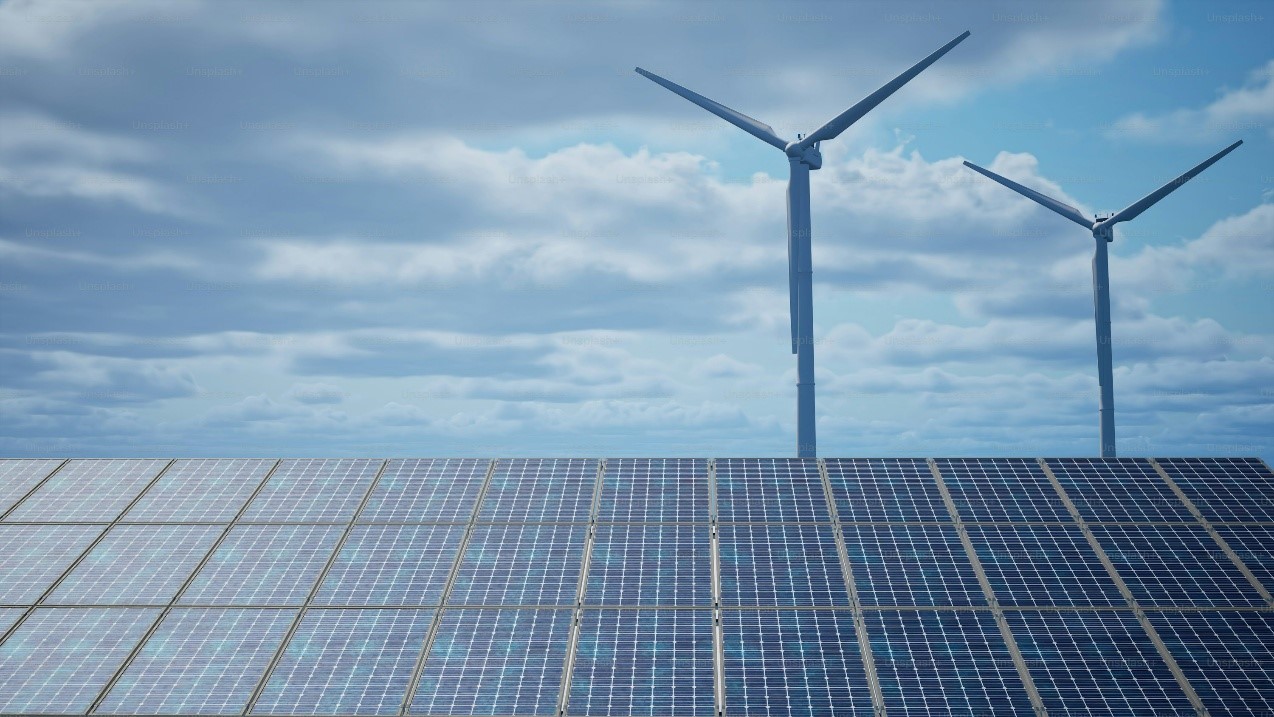everyone is doing it &ndash looking for better materials to become more sustainable. it is good for the environment and it is also good for the brands as consumers want to contribute to a better world. so how far has the renewable sourcing revolution gone for the plastics and elastomer industries professor endres of the institute for bioplastics and biocomposites will outline the markets and the latest developments at the next international conference on green polymer chemistry 2015 organised by ami and taking place from 1819 march 2015 in cologne, germany. asia will be represented by samsung fine chemicals &ndash dr hwang will give an overview of the biobased plastics markets and the future potential in that region.it is important to establish that any innovative product is more sustainable than the original fossil feedstock material. iscc system has a method for evaluating the sustainability of biobased products. the chimex division of l&rsquooreal has also developed an ecofootprint tool.in packaging amcor flexibles has put together a method to measure the carbon footprint and other life cycle impacts. one new example of renewable sourcing is the biobased food trays from duni ab in sweden. on the polyolefin side, sabic has entered this marketplace with certified renewable plastics. in other instances new alternative polymers are being proposed, for example, professor harlin of the vtt technical research centre has developed a new oxygen barrier material, which is claimed to be superior to evoh.there are many plastics and elastomers that are already in widespread use, such as polyolefins, polyesters and polyamides, where biosourcing is now established for commercial monomers. evonik and radici chimica are both leading examples of suppliers of polyamides including biobased nylons. g.i. dynamics has taken the first step towards biobased pet. an alternative option to improve sustainability is to combine a new bioplastic with an existing material beneckekaliko has done this with a tpopla blend foil for automotive interiors.besides &ldquogrowing&rdquo plastics it is possible to recover chemicals from waste to close the loop and there are some great successes to celebrate in this area. the new startup company qcp will discuss quality recovery of plastics, carbon clean tech has produced carbon black additive from waste, and enerkem has made the production of renewable chemicals from waste a commercial reality in edmonton, canada.innovative startup companies and top universities have found new sources to make many of the basic thermoplastics, thermosets and elastomers. verdezyne is synthesising renewable polyamide precursors, yulex is developing guayule as a new industrial source of materials, tnobiorizon is a project on furan chemistry aromatics, and the university of wageningen is focusing on new polymers based on furandicarboxylic acids.ami&rsquos forum for brand owners, manufacturers, the polymer industry and researchers reviews the available renewable thermoplastics and the future prospects at green polymer chemistry 2015 from 1819 march in cologne, germany.







